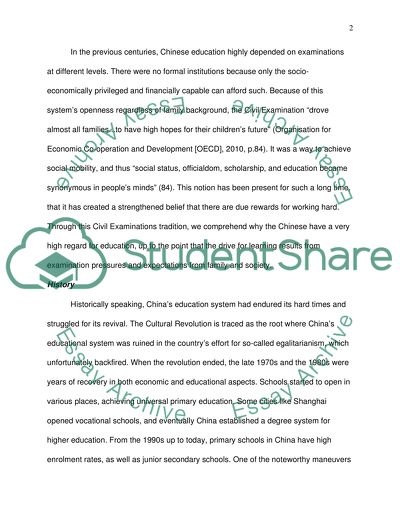Cite this document
(“A Look at Shanghai, Chinas Education System Essay”, n.d.)
Retrieved from https://studentshare.org/education/1405651-a-look-at-shanghai-chinas-education-system
Retrieved from https://studentshare.org/education/1405651-a-look-at-shanghai-chinas-education-system
(A Look at Shanghai, Chinas Education System Essay)
https://studentshare.org/education/1405651-a-look-at-shanghai-chinas-education-system.
https://studentshare.org/education/1405651-a-look-at-shanghai-chinas-education-system.
“A Look at Shanghai, Chinas Education System Essay”, n.d. https://studentshare.org/education/1405651-a-look-at-shanghai-chinas-education-system.


